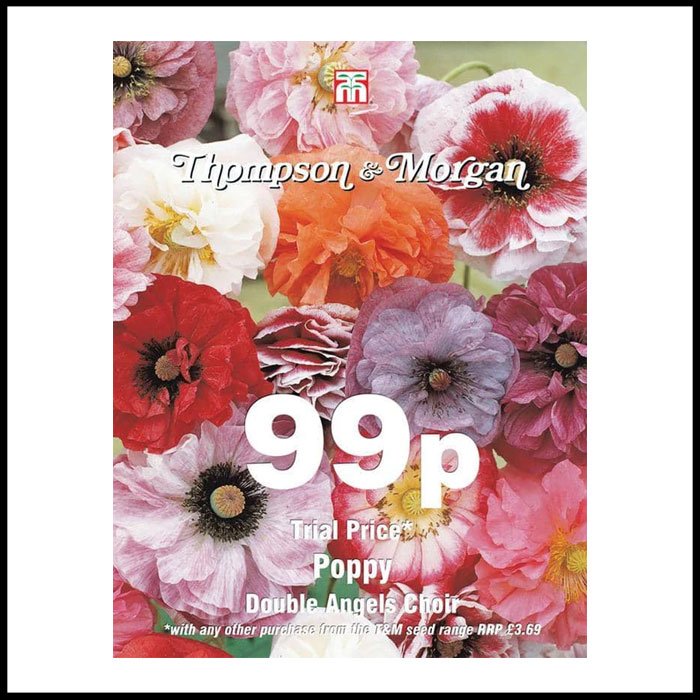 Image 1 of 2
Image 1 of 2

 Image 2 of 2
Image 2 of 2



Herb Basil - Purple Ball
Basil ‘Purple Ball’ is so ornamental, it can even be used as a foliage filler alongside brightly coloured bedding in a container or window box. A Greek-style variety, it bears small, highly flavoured, purple leaves which naturally grow into a dense ball. Wonderful for edging veg beds or as a decorative addition to the kitchen window sill, this clove-flavoured culinary herb is indispensable for tomato-based dishes.
Height and spread: 30cm (12”).
Basil ‘Purple Ball’ is so ornamental, it can even be used as a foliage filler alongside brightly coloured bedding in a container or window box. A Greek-style variety, it bears small, highly flavoured, purple leaves which naturally grow into a dense ball. Wonderful for edging veg beds or as a decorative addition to the kitchen window sill, this clove-flavoured culinary herb is indispensable for tomato-based dishes.
Height and spread: 30cm (12”).
Basil ‘Purple Ball’ is so ornamental, it can even be used as a foliage filler alongside brightly coloured bedding in a container or window box. A Greek-style variety, it bears small, highly flavoured, purple leaves which naturally grow into a dense ball. Wonderful for edging veg beds or as a decorative addition to the kitchen window sill, this clove-flavoured culinary herb is indispensable for tomato-based dishes.
Height and spread: 30cm (12”).
Sow basil seed from February to June, or sow throughout the year for indoor cultivation out of season. Sow seed on the surface of free draining seed compost and cover with a light sprinkling of compost or vermiculite. Place in a propagator at a temperature of 15-25C (59-77F) or seal the container inside a polythene bag until after germination, which takes 14-21 days. Keep the compost slightly dry at all times, watering very lightly as seedlings emerge. When they are large enough to handle, transplant seedlings into 7.5cm (3in) pots and grow basil plants on in cooler conditions.
When all risk of frost has passed, harden basil plants off before planting out in a sheltered sunny position in well drained, fertile sandy soil; or potting into patio containers, window boxes, or windowsill pots indoors. Water moderately taking care to avoid splashing the leaves. Harvest basil leaves regularly when required to promote fresh new growth and pinch out any flowers that appear to prolong the harvest period. Culinary note: Basil can be dried or frozen for using later on, or added to oils and vinegars for extra flavour.







